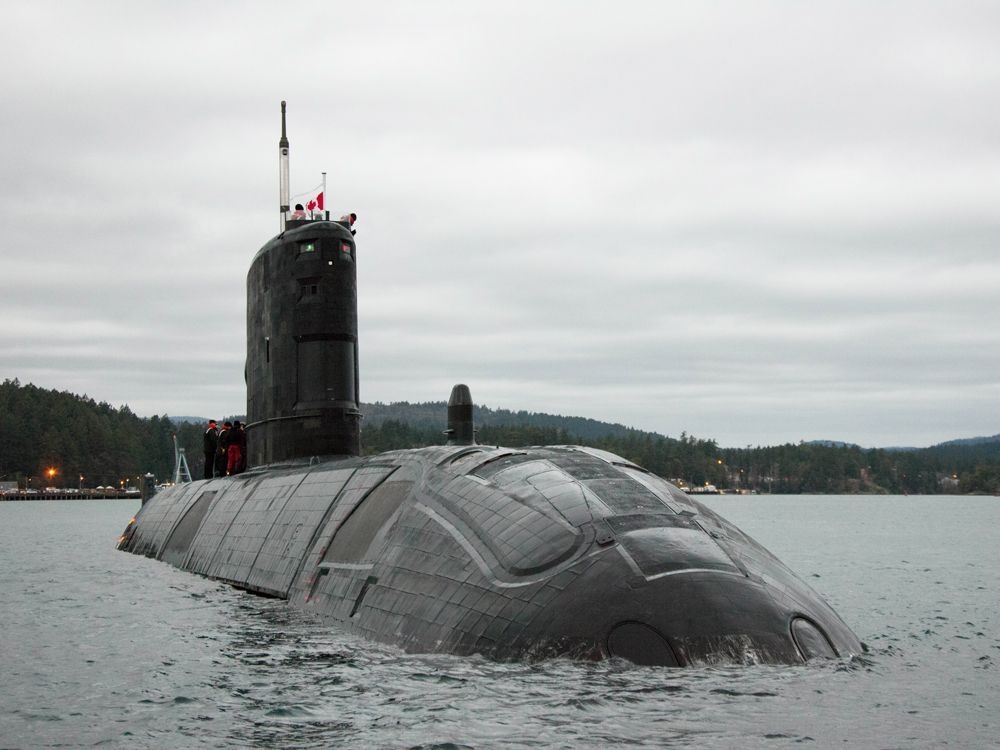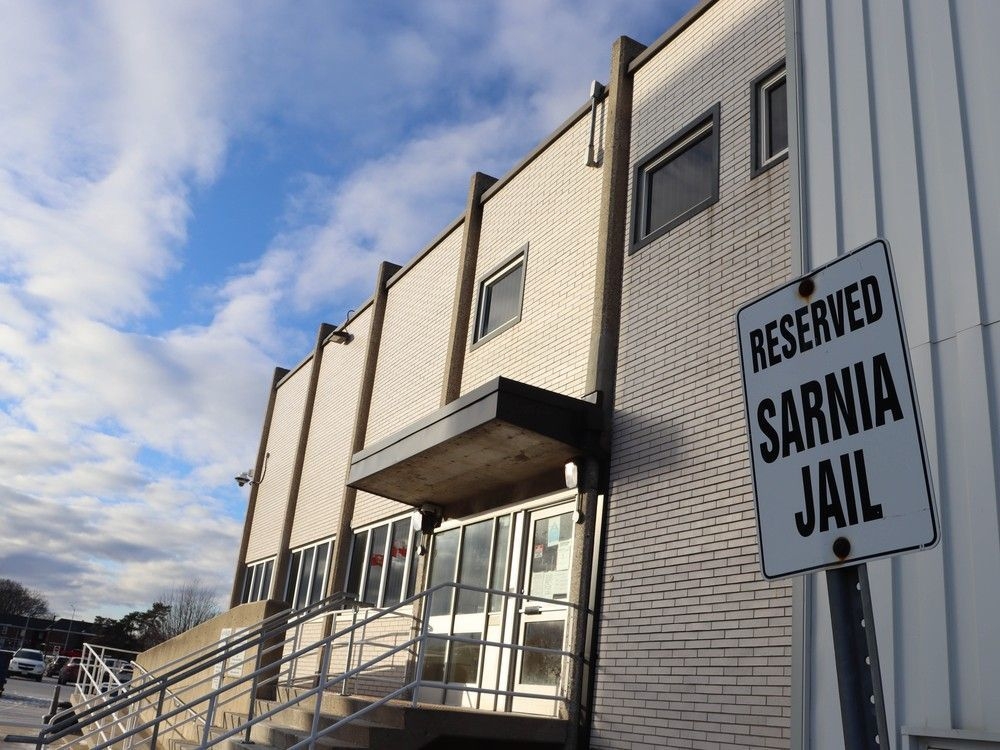The fate of Canada’s future submarine fleet hangs in the balance, with a critical decision looming that will shape the nation’s naval power for decades to come. Facing a rapidly aging fleet, the government is in a race against time to secure a replacement, and the pressure is mounting.
Vice-Admiral Angus Topshee, commander of the Royal Canadian Navy, delivered a stark assessment during a visit to South Korea’s Hanwha Oceans shipyard. While not entirely dismissing the possibility of domestic construction, he emphasized the urgent need for speed – a factor that weighs heavily against building the submarines within Canada’s borders.
Canada currently lacks the established infrastructure and consistent production line necessary for submarine construction. Building a new industry from the ground up would be a monumental undertaking, potentially delaying delivery for years. The navy needs these vessels “quickly,” Topshee stated, and is prioritizing a swift solution.

Two shipbuilding giants are vying for the multi-billion-dollar contract: Hanwha Oceans of South Korea and Germany’s ThyssenKrupp Marine Systems (TKMS). Both companies assert they can build the submarines in Canada, but Topshee’s message is clear – the navy is not actively seeking that path.
The urgency stems from the impending retirement of Canada’s Victoria Class submarines within the next decade. Bolstering the military’s presence in the Arctic is a key strategic priority, and a gap in submarine capability would leave a critical vulnerability. Up to twelve new submarines are planned to address this need.
Hanwha is aggressively pitching its KSS-III design, a larger vessel equipped with advanced lithium-ion batteries and vertical launch capabilities. They promise a rapid delivery schedule, potentially delivering the first submarine by 2032 and one per year thereafter. This speed, they claim, could even save Canada a billion dollars in costly repairs by allowing for the early retirement of the aging Victoria Class.
However, the KSS-III is a relatively untested design, currently operated only by the South Korean navy and not yet exported. TKMS, on the other hand, boasts a long and established history, having supplied 70% of NATO’s conventional submarine fleet. Their 212CD design is newer, but already ordered by Germany and Norway, offering the potential for collaborative resource sharing.
The decision isn’t solely about the submarines themselves. It’s about forging strategic partnerships and securing long-term economic benefits. Both South Korea and Germany are actively courting Canada, promising industrial spin-offs, job creation, and investment in key sectors like critical minerals and battery production.
Prime Minister Carney recently toured both shipyards, witnessing firsthand the advanced capabilities of each company. He acknowledged the competition is “heated” and emphasized the importance of factors like delivery timelines, Canadian content, and industrial benefits in the final decision.
Analysts suggest this procurement process is moving at an unprecedented pace. The winning contract will be a significant lever for Canada, allowing the Prime Minister to demonstrate commitment to trade diversification and strengthen international alliances. It’s a pivotal moment with far-reaching implications for Canada’s future security and economic prosperity.
South Korea, rapidly emerging as a major arms exporter, sees this contract as a gateway to a broader industrial partnership with Canada. They are eager to expand their presence in the North American market and offer a compelling alternative to traditional defense suppliers.
Ultimately, the choice will come down to a careful balancing act – weighing the urgency of the need, the reliability of the designs, and the strategic benefits of aligning with either South Korea or Germany. The clock is ticking, and the future of Canada’s underwater defense rests on a single, crucial decision.





